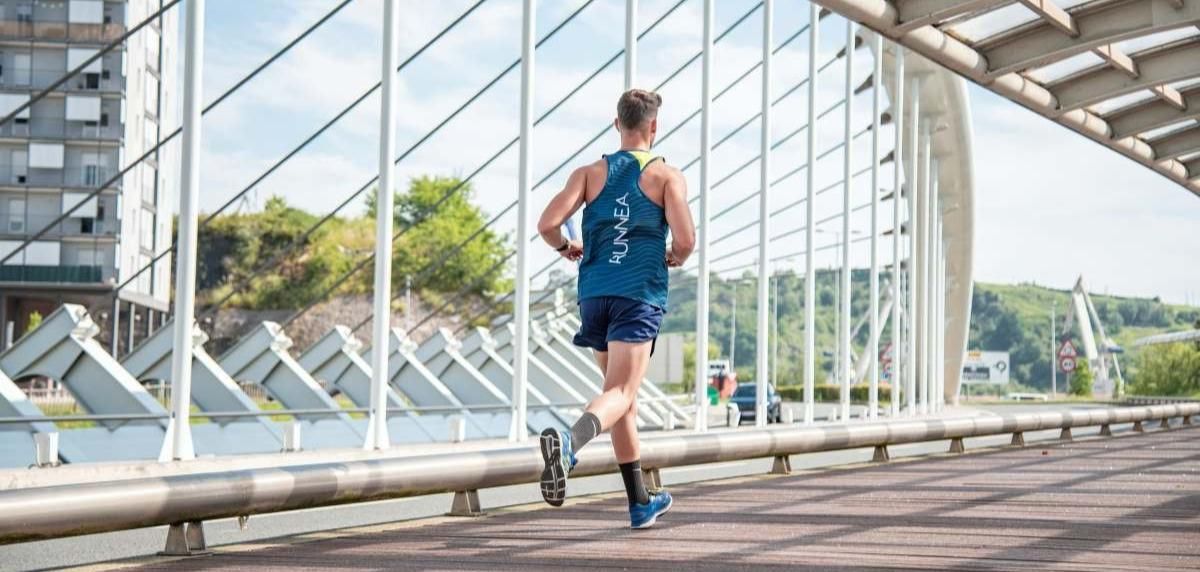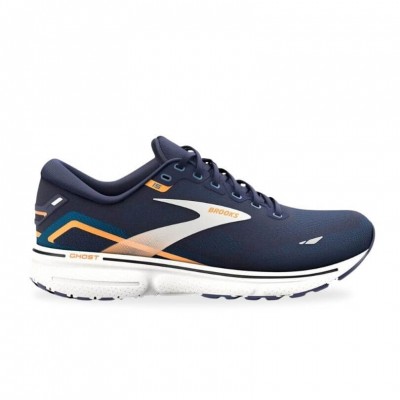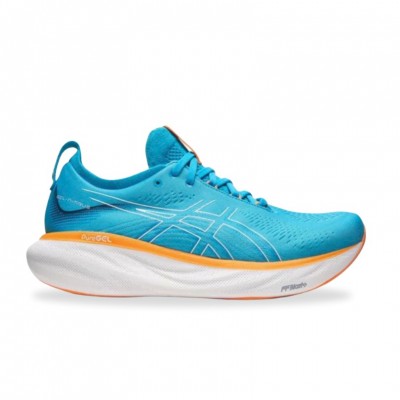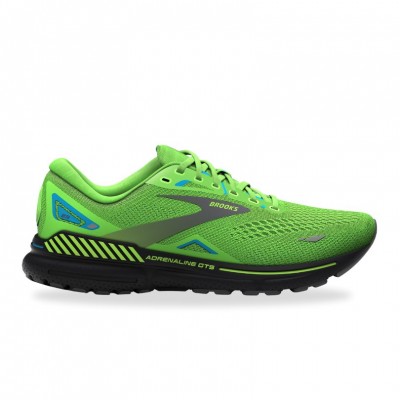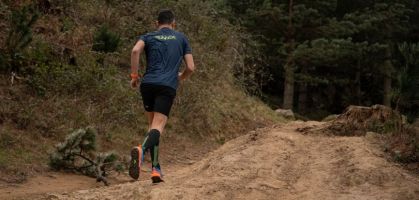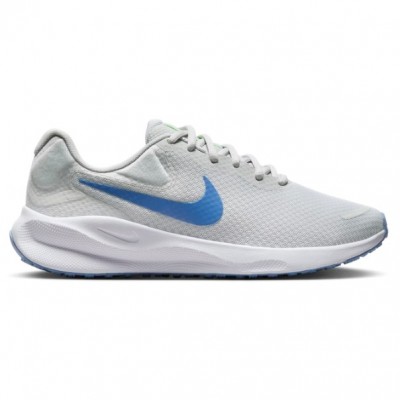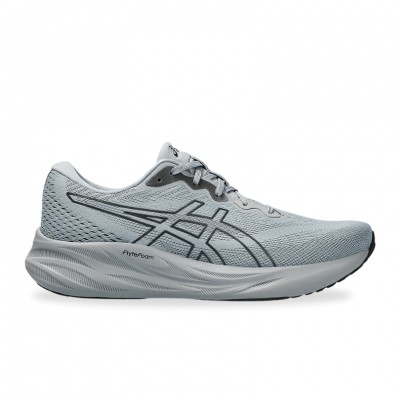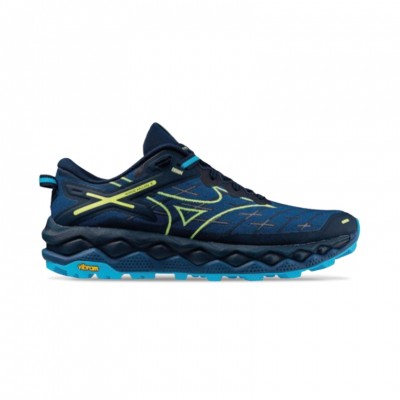Summer, with rising temperatures (and more this year) and longer days, often invites us to relax, unwind and enjoy a well-deserved rest. However, we are not going to fool ourselves, we love to do sport, we love to run, but when it is time to resume our physical activity we must be aware that it should not be done in any way. We want to get back in shape as soon as possible, either to minimize the excesses of summer or to prepare for that race you signed up for and is just around the corner. But be careful, it is very important to do it with caution and knowledge. In RUNNEA we have talked to our team of coaches and we offer you a detailed guide on how to do it... Your return to sport will be much more bearable this year, you'll see.
Not sure which running shoe to choose?
In a few simple steps we help you to choose the ideal running shoe for you
Go to the Shoe Finder1. Recognize the importance of gradual adaptation
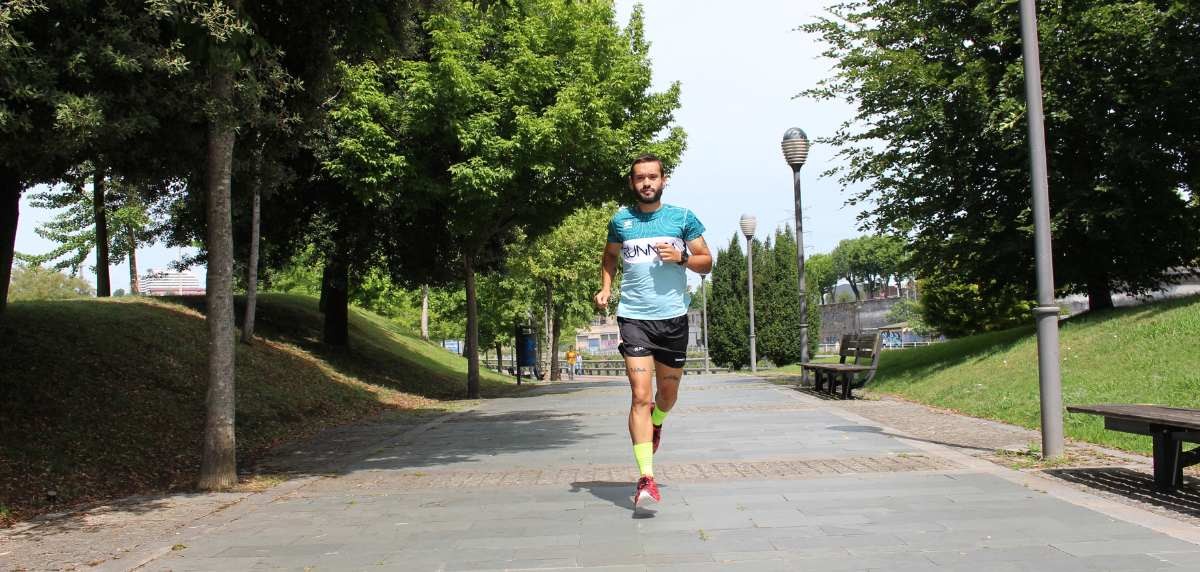
Gradual adaptation is a fundamental principle in sports training, and is especially relevant when resuming physical activity after a period of rest or inactivity.
Enzyme depletion: During a period of inactivity, the body reduces the production of certain enzymes that are essential for aerobic endurance, such as citrate synthase. This can lead to a decrease in the body's ability to efficiently utilize oxygen during prolonged exercise.
Loss of muscle tone: Depending on how long we are inactive, muscles can lose some of their tone and strength. This can not only lead to a decrease in performance, but also to an increased risk of injury, as weakened muscles may not be able to withstand the demands of intense training.
Cardiovascular changes: Inactivity can also lead to changes in the cardiovascular system, such as a decrease in the heart's ability to pump blood efficiently. This can affect endurance capacity and recovery.
What gradual adaptation helps you with.
Injury prevention: Resuming intensive training too quickly can lead to overuse injuries, such as tendonitis or stress fractures. Gradual adaptation allows muscles, tendons and ligaments to adjust to the stress of training.
Improved performance: Gradual adaptation also allows the body to make the physiological adaptations necessary to improve performance over time, such as increasing capillary density and improving efficiency in utilizing fat as an energy source.
Practical tip:
Divide your usual routine into thirds: During the first week, run one-third of your usual distance and pace. Gradually increase in the following weeks until you return to your previous pace. This allows your body to adjust to the stress of training and minimizes the risk of injury.
-Consider periodization: Periodization involves planning your training in cycles, with build, peak and recovery phases. This can be an effective way to apply the principle of gradual adaptation over the course of a season or year.
2. Listen to your body

Warning Signals: The body has a unique way of communicating with us and warning us that something is wrong: Pain. As a guideline, if you experience pain that doesn't go away after 48 hours, it's a sign that you should stop, recover and adjust your training.
Practical advice:
-Implement a training diary. Write down distances, times, how you felt and any discomfort you experienced. This will help you identify patterns and adjust your training as needed.
3. The Importance of What We Drink and Eat
Nutrition and hydration play a vital role in recovery and performance in any sport, and running is no exception. The science behind sports nutrition is complex and fascinating, and here's a closer look at how you can harness it to improve your return to running.
Metabolism and recovery
Protein: Protein amino acids are the building blocks of muscle. After a workout, muscles are damaged and in need of repair. Proteins provide the materials needed for this repair, helping to build and maintain muscle mass.
Carbohydrates: Carbohydrates are the main source of energy for muscles during exercise. After running, glycogen stores in the muscles are depleted and need to be replenished. Carbohydrates serve this function, helping to restore energy and prepare the muscles for the next workout.
Fats: Fats are also a source of energy, especially during endurance training. Consuming healthy fats can aid in long-term recovery.
Vitamins and minerals: Elements such as iron, calcium and B vitamins are essential for muscle function and energy production. A balanced diet will ensure that your body has all the necessary micronutrients.
Hydration
Water: Adequate hydration is vital for performance and recovery. Water aids in digestion, absorption and transport of nutrients, and also in regulating body temperature.
Electrolytes: Electrolytes such as sodium and potassium help maintain fluid balance in the body. During exercise, we lose electrolytes through sweat, and replenishing them is crucial to avoid cramps and fatigue.
Practical tip:
-Post-Workout Nutrition: Consider consuming a combination of protein and carbohydrates within 30 minutes after your workout. This maximizes the recovery window. A smoothie combining protein, fruit and some yogurt can be an excellent choice.
-Continuous hydration: Drink water regularly throughout the day and consider electrolyte drinks if you've had a particularly sweaty training session.
-Meal planning: Work with a sports nutritionist or use online resources to plan meals that align with your training goals.
4. Strengthening and Flexibility

Strength and flexibility are fundamental aspects of any athlete's training, and certainly in running and trail running as well. Not only do they improve performance, but they also play a crucial role in injury prevention. Below, we explore in detail how you can incorporate these elements into your training routine.
Strengthening
Importance: Strengthening muscles helps improve running efficiency, endurance and speed. In addition, a strong and balanced body is less prone to injury, as strong muscles protect joints and tendons.
Specific Exercises:
- Squats: work the quads, glutes and hamstrings, strengthening the lower body.
- Lunges: Excellent for working leg muscles and improving balance.
- Planks: Strengthen the core, which is vital for maintaining good posture during running.
- Soleus and calf exercises: Strengthen the calf muscles, which are essential for momentum in each stride.
Periodization: Consider incorporating strength training3 times per week, alternating with your running days. This allows for proper recovery and maximizes the benefits.
Flexibility
Importance: Flexibility improves range of motion in the joints, which can lead to a more efficient and comfortable stride. In addition, flexible muscles are less prone to strains and tears.
Stretching techniques:
- Static Stretching: Holding a stretched position for 300 seconds.
- Dynamic Stretching: Controlled movements that take the muscle through its full range of motion. Excellent for warm-up.
- Yoga and Pilates: These practices can be excellent complements to your running training, as they work on both flexibility and strengthening the core.
Practical Tip:
-Prepare an integrated routine that incorporates exercises such as squats, lunges and planks into your routine. In addition, spend at least 10-20 minutes a week stretching the major muscle groups involved in your sport.
-Consult a professional: A physical therapist or personal trainer who specializes in running can design a strength and flexibility program tailored to your specific needs and goals.
5. Set realistic goals

Goal setting is a tool that can help you a lot in your return to your sporting routine and is of course used by professional athletes. Not only does it provide direction and purpose to your training, but it can also be a significant source of motivation and satisfaction.
Psychology of training
Intrinsic Motivation: Setting and achieving goals that are important to you can increase your intrinsic motivation, or the desire to participate in an activity for the sheer enjoyment of it.
Self-Efficacy: Achieving small incremental goals can increase your belief in your ability to achieve future goals, a concept known in psychology as self-efficacy.
Injury prevention: Setting realistic and achievable goals can also prevent injury by discouraging you from pushing your body beyond its current limits.
Types of goals

Short-term goals: These are goals that you can achieve in a few weeks or months. They can be as simple as running a certain distance without stopping or improving your time in a 5k race.
Medium-term goals: These goals can take several months to achieve and are often stepping stones to your long-term goals. They might include running a half marathon or steadily increasing your weekly mileage.
Long-term goals: Theseare your "big dreams" and can take years to achieve. They might include running a full marathon or reaching a specific time at a particular distance.
Practical tips:
- Set SMART goals: SMART goals are Specific, Measurable, Achievable, Relevant and Time-bound. Use this framework to make sure your goals are realistic and meaningful to you.
- Celebrate achievements: No matter how small the achievement, celebrate it. This can increase motivation and satisfaction with your training.
- Re-evaluate regularly: Goals can change, and that's okay. Review and adjust your goals as needed to make sure they remain relevant and attainable.
- Seek support: A coach or running group can provide support and accountability as you camino toward your goals.
Taking up running again after a period of rest is not simply about putting on your runningshoes and going for a run. It requires a thoughtful and professional approach to ensure that you return to the pavement or the mountains safely and effectively. At RUNNEA, we're committed to providing you with the support and information you need every step of your running journey, so let's get to it!
Read more news about: Running Training
